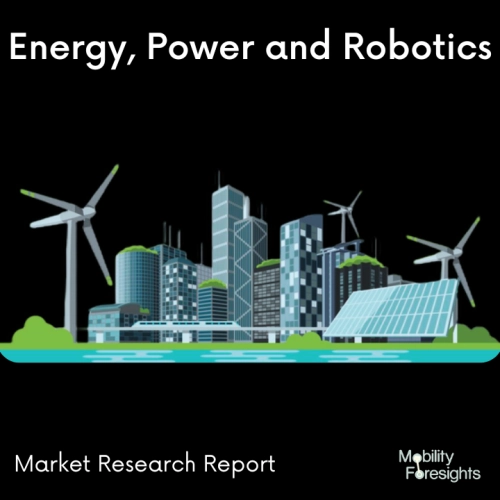
- Get in Touch with Us

Last Updated: Apr 25, 2025 | Study Period: 2023-2030
In simple terms, an AI robot chef is an AI-enhanced robot that is designed to cook food. One of the latest AI robot chefs, Moley Robotics, is the world's first fully robotic kitchen and acts as an AI autonomous system that can automate virtually every part of the cooking process.
It is a ceiling-mounted device that works in conjunction with an entire smart kitchen. With its two arms, it glides along a track fitted in the ceiling and is able to adjust temperatures, use the sink, mix and pour ingredients into pans, as well as stir pots. Pre-programmed with recipes, Moley Robotics can cook over 5,000 meals at a time and clean up when it is done.
These robots can learn how to make food through the aid of the sensors attached to kitchen utensils which serve to analyze recipes. They are also able to monitor more than 1,200 parameters every microsecond and can touch, smell, see, and hear.
These sensations send feedback to their Operating Systems (OS), creating a learning loop similar to that of a human being. With the help of these features, they can automate many kitchen tasks and learn new skills over time.
AI robot chefs havetactile, contact, and proximity sensorsfor recording tasks, capturing movements, and cooking recipes. This allows the robots to decipher when ingredients need replacing, suggest dishes, control calories, and adapt the menu to different diets and lifestyles.
The AI robot chef is able to teach itself and perform these tasks by storing information in its database and retrieving it whenever the need arises.

The Global Robotic chef Market accounted for $XX Billion in 2022 and is anticipated to reach $XX Billion by 2030, registering a CAGR of XX% from 2023 to 2030.
FOOD MATTERS Worldâs first robotic chef launching soon. The worldâs first robot chef, which can cook and serve meals in restaurants and at home, hits the market next year thanks to incredible British developersMoley Robotics.
The âRobotic Kitchenâ is programmed to cook over 5,000 recipes, which can be chosen via a touch screen. The only human input required is adding the ingredients by hand to built-in containers, then the robot does the rest of the work.
The robots come in the form of two robotic arms which are attached to special rails on the ceiling and hang over the hob and oven space. They can in turn on induction stoves, use utensils to flip, whisk and stir and they even put things away when they are done.
| Sl no | Topic |
| 1 | Market Segmentation |
| 2 | Scope of the report |
| 3 | Abbreviations |
| 4 | Research Methodology |
| 5 | Executive Summary |
| 6 | Introduction |
| 7 | Insights from Industry stakeholders |
| 8 | Cost breakdown of Product by sub-components and average profit margin |
| 9 | Disruptive innovation in the Industry |
| 10 | Technology trends in the Industry |
| 11 | Consumer trends in the industry |
| 12 | Recent Production Milestones |
| 13 | Component Manufacturing in US, EU and China |
| 14 | COVID-19 impact on overall market |
| 15 | COVID-19 impact on Production of components |
| 16 | COVID-19 impact on Point of sale |
| 17 | Market Segmentation, Dynamics and Forecast by Geography, 2023-2030 |
| 18 | Market Segmentation, Dynamics and Forecast by Product Type, 2023-2030 |
| 19 | Market Segmentation, Dynamics and Forecast by Application, 2023-2030 |
| 20 | Market Segmentation, Dynamics and Forecast by End use, 2023-2030 |
| 21 | Product installation rate by OEM, 2023 |
| 22 | Incline/Decline in Average B-2-B selling price in past 5 years |
| 23 | Competition from substitute products |
| 24 | Gross margin and average profitability of suppliers |
| 25 | New product development in past 12 months |
| 26 | M&A in past 12 months |
| 27 | Growth strategy of leading players |
| 28 | Market share of vendors, 2023 |
| 29 | Company Profiles |
| 30 | Unmet needs and opportunity for new suppliers |
| 31 | Conclusion |
| 32 | Appendix |